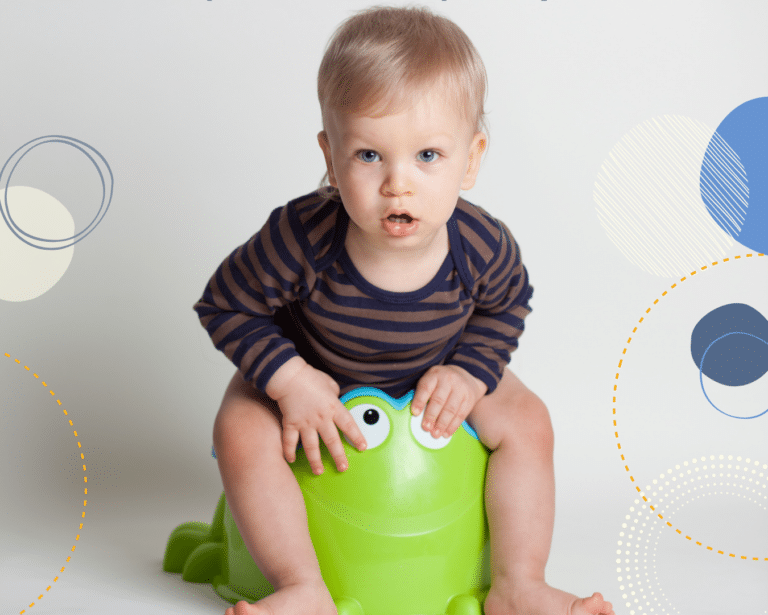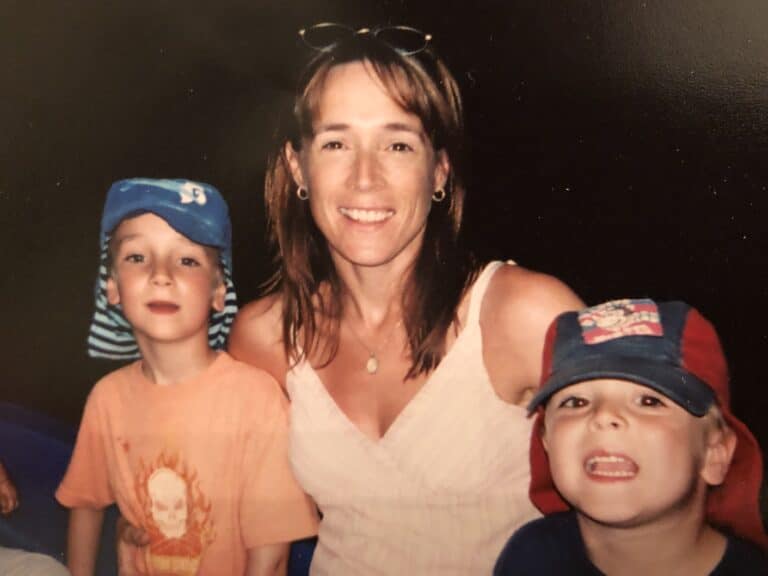Help! Is my toddler OCD?
“He’s got toddler OCD” is a phrase I’ve heard countless times from parents of 2 and 3 year-olds. Sometimes said with a laugh, sometimes with real concern. My response? “Excellent!”
 Why “excellent”? Well, in crude terms, repeated actions are the foundation of abstract thinking. A toddler who is obsessively moving toy cars from one place to another (to the exclusion of all other children or activities) is well on the way to building an advanced conceptual model of the world. Frustrating for his parents (and for any other child who wants to play with those cars) but usually simply a sign of intellectual development.
Why “excellent”? Well, in crude terms, repeated actions are the foundation of abstract thinking. A toddler who is obsessively moving toy cars from one place to another (to the exclusion of all other children or activities) is well on the way to building an advanced conceptual model of the world. Frustrating for his parents (and for any other child who wants to play with those cars) but usually simply a sign of intellectual development.
Young children don’t learn about the world by sitting back and contemplating it – their brain structures simply haven’t developed to do that. Young children learn about the world through physical and sensory experiences: touching, tasting, throwing, jumping, and climbing into things.
Toddlers are well-known for their single-minded refusal to be deviated from whatever has possessed their mind at that moment (see Toddlers’ Brains: how toddlers think). But towards 3 years old parents often notice a change as children begin to express that persistence and determination through seemingly compulsive repetitions of the same actions – lining up their toy cars in a straight line, moving all the pencils from one container to another (and then back again), climbing in and out of the Little Tikes car again and again and again.
It’s not usually a sign of toddler OCD (or anything else) or an indication of future personality traits. These repetitive actions are called schemas and they are the foundation of abstract thinking. Schemas are how toddlers build a conceptual model of the world. Put simply, toddlers don’t learn about gravity by us telling them about it, they learn about gravity by dropping and throwing stuff (again and again)!
Schemas are repeatable patterns that enable children to develop complex abstract ideas. Moving all the pencils from one container to another and then back again is the first step towards understanding concepts such as inside/outside and volume/size. Sorting the toy cars into colours or wheel size or function is the first step in understanding categories (which are essential for abstract thinking).
All children are different, but common schema include:
- Transporting: eg carrying toy food from one place to another in a shopping basket, or putting all the soft toys in a pram and pushing them around
- Containing: eg filling up measuring cups with water or sand then emptying them and doing it again, or climbing in and out of cardboard boxes
- Trajectory: eg lining up all the dinosaurs in a row, or throwing things
Because schemas are built through repetition, children can be highly obsessive about them and quite antisocial when engaged in them (which is why they are easily mistaken for a type of toddler OCD). Their refusal to be distracted and their determination to put that toy in exactly the same place again and again is a sign of just how important repetition is to child development: they aren’t being awkward, they are hardwired that way and driven by an overwhelming urge. Nothing you can say will make them want to read a different book even if the thought of reading The Hungry Caterpillar one more time makes you want to stick your head in the oven!
So the next time your toddler is engrossed in the seemingly pointless repetition of the same action, don’t try to distract them, encourage them! Try and work out which abstract concepts they are exploring and introduce lots more repetitions on the same theme. The more opportunities they have to develop a particular schema, the quicker they will master it and move on to the next one and onto more complex thinking. And if another parent voices concern about toddler OCD don’t forget to tell them all about schemas. Or, as I overheard one mum say to another at a playgroup last week, “He’s not OCD, he’s a schemer!”
If you are worried about your toddler’s development or behaviour, please talk to your health visitor, local children’s centre or family doctor.
You might want to read:







Sound advice… I love watching Sprog do things on repeat … just as long as he doesn’t want me to “help” the whole time (Help means he orders me to move everything around whilst he watches me!) #TwinklyTuesday
Yes, it can get a bit monotonous when they want you to join in….!
Yes, it’s so interesting how, and why, they do these things. & my toddler is busy lining up a blanket with the coffee table as I write! #twinklytuesday
Making things straight and lined up – a well known toddler schema! My son used to line up all his cars in a perfectly straight line!
I find this absolutely fascinating! My son used to love lining things up, and a friend of mine pointed out that it was probably a schema, so interesting! My daughter is more of a ‘container’! x #twinklytuesday
It is so fascinating the way they learn, isn’t it!
Another brilliant post! I read these and suddenly things just become clearer! Thank you so much for sharing your wisdom on this and Thanks so much for linking up with #TwinklyTuesday
Thanks for all your supportive comments!
Wow amazing read! My son is no longer a toddler but I do remember him doing this. He still do and I feel better knowing that this action is helping him grow! #TwinklyTuesday
It is endlessly fascinating watching children grow and learn, isn’t it!
I wish I had this to read when my son was a bit younger, such a well written and reassuring post.
Thank you! I really appreciate your comment 🙂
Glad the I found this article my daughter (2y) is in this phase right now and I didn’t understand why she was taking all toys around the floor and moving them around I was more upset because of the mess but thanks to this read I’ll let her be she’s in the “trajectory” phase:)
I’m really glad you found it useful!